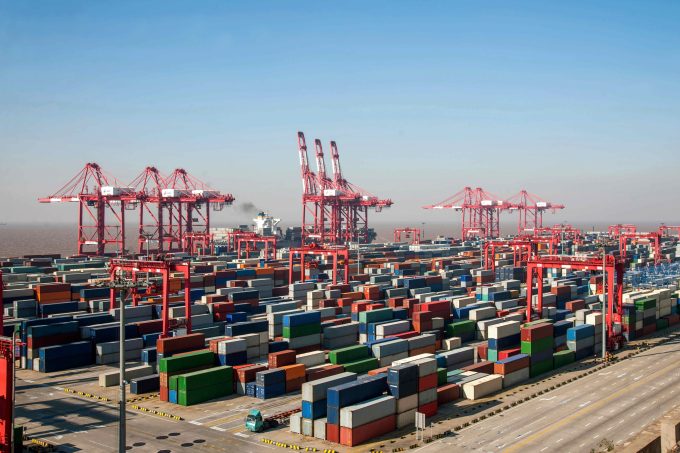Mexican president unveils expansion plan to create deepsea berths at Progreso
The port of Progreso, on Mexico’s Yucatan peninsula, is mostly known for its cruise ship ...

The disconnect between container ports and the industry that supplies its equipment could be partially bridged by a new joint initiative between the Federation of European Private Port Companies and Terminals (FEPORT) and the Port Equipment Manufacturers Association (PEMA).
The two groups are to form a joint working group to develop common standards across the terminal industry, which, despite the ubiquity of container technology, has for decades been plagued by complexity and different technical interfaces in different parts of the world.
Some operators ...
Transpacific sees first major MSC blanks as rates fall and volumes falter
'It’s healthy competition' Maersk tells forwarders bidding for same business
Opposition builds for final hearing on US plan to tax Chinese box ship calls
Despite sourcing shifts, 'don't write-off China', says CMA CGM CCO
White House confirms automotive tariffs – 'a disaster for the industry'
Cargo chief quits WestJet as freighter operations cease
New price hikes may slow ocean spot rate slide – but for how long?

Comment on this article